
Sign in to your DualShockers account
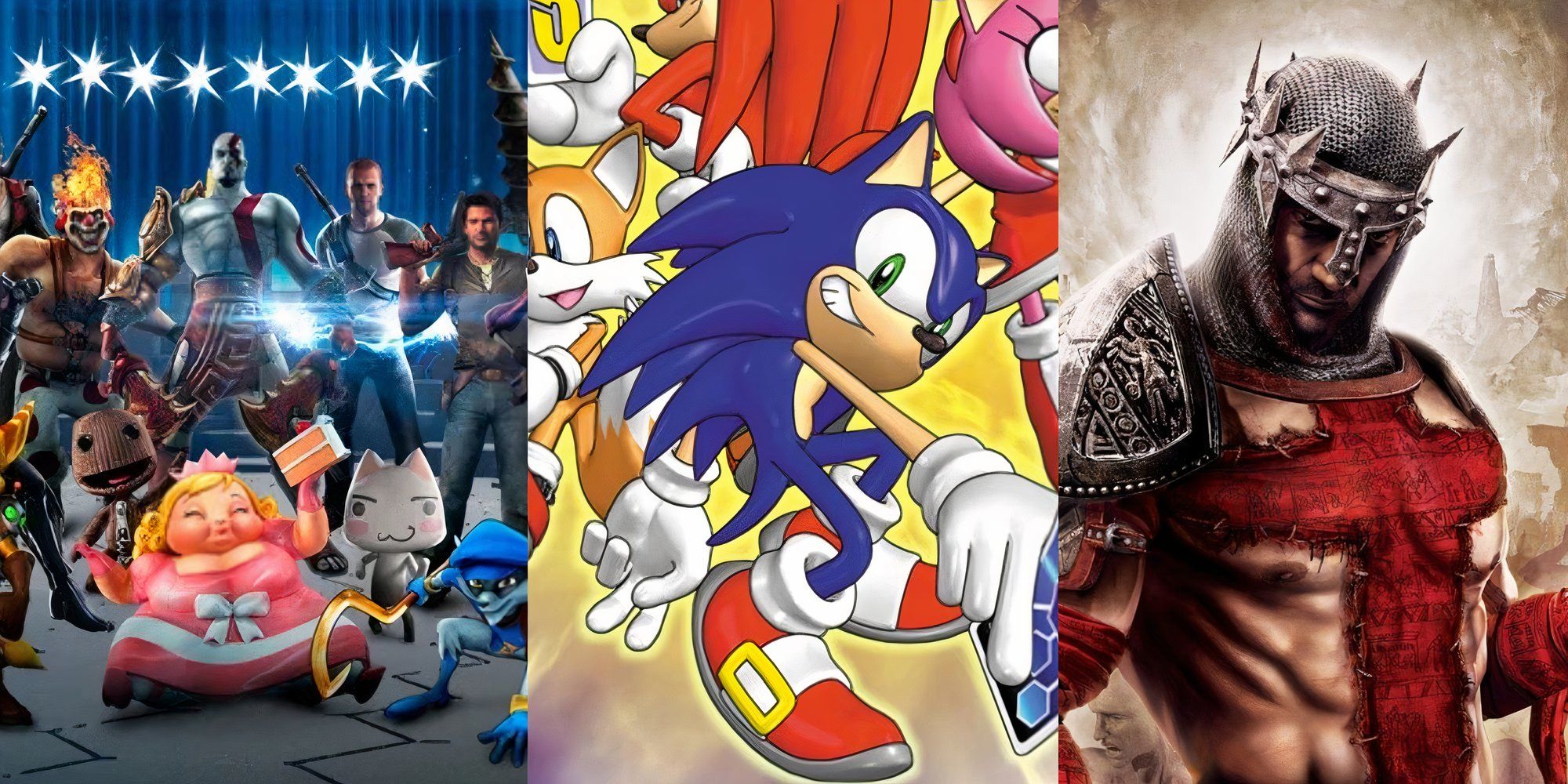
It’s normal for video games to take inspiration from other popular names in the genre. For example, Street Fighter revolutionized fighting games, Sonic the Hedgehog led to several other platformers with animal mascots, and Halo sparked a wave of futuristic first-person shooters.
But usually, the other games in the genre do something to make their game feel unique. Other times, games took an incredibly lazy approach and gave us a title that felt exactly like another, more popular entry.
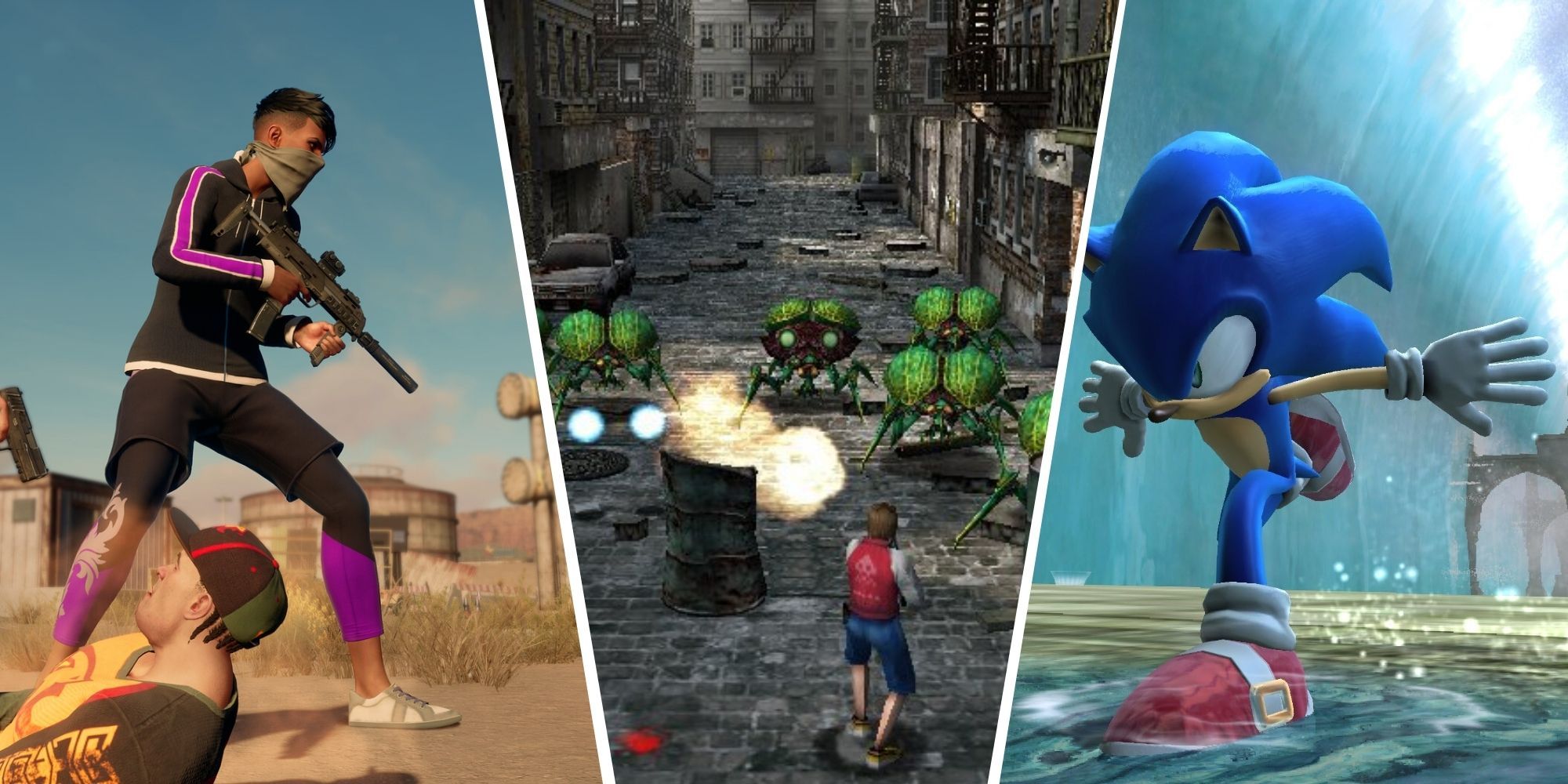
Related
10 Worst Video Game Reboots Ever
Despite their best attempts, these worst video game reboots failed to bring back these iconic franchises.
And most of the time, they were dead on arrival. Fans didn’t like the lack of originality in what they were playing, and usually, what little changes did get made were typically for the worse.
Here are ten of the most shameless rip-off video games that were doomed from the beginning. Note that not all of these games were outright bad, but none of them were on par with the games that inspired them, and virtually all of them were commercial failures.
10 Mighty No. 9
Couldn’t Capture The Mega Man Magic
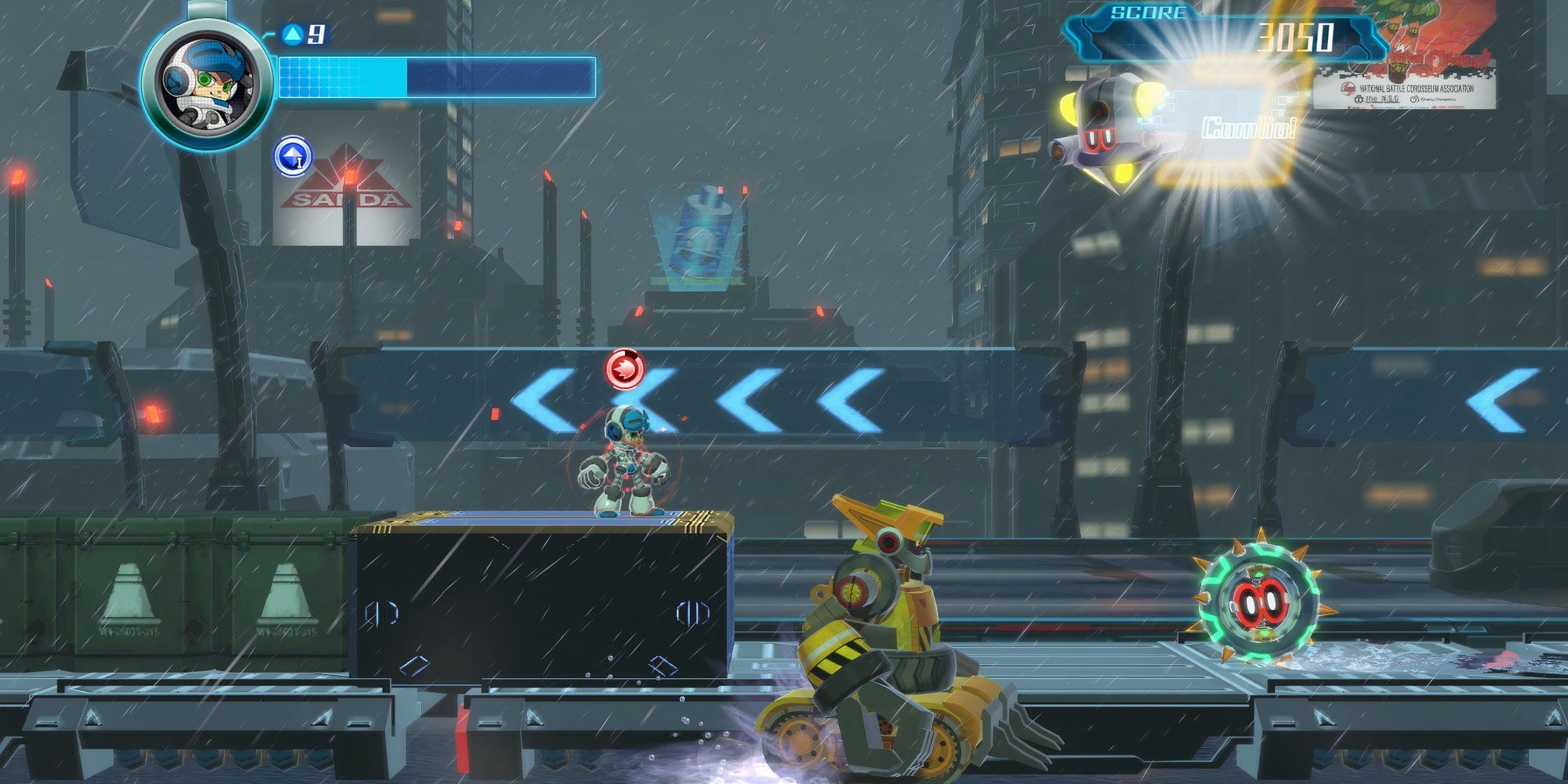
Calling Mighty No. 9 a Mega Man ripoff is a bit of a stretch, as while it is indeed a carbon copy of the Blue Bomber’s original NES titles, it was a direct spiritual successor developed by Mega Man’s series creator, Keiji Inafune.
And it’s a real shame it ended up turning out as bad as it did. There was a lot of promise when Inafune launched Mighty No. 9 as a crowdfunded Kickstarter, and Mega Man fans were hyped for a game that reminded them of the good old days when Capcom’s mishandling of their breakout franchise was under a lot of fire.
Unfortunately, that hype faded as the game constantly got pushed back due to development difficulties, and when it finally hit store shelves in 2016, what we got was a product that felt like a shell of what Mega Man used to be. Not only did the gameplay feel really uninspired, but the level design was heavily watered down from the complex stages the original games had.
Not helping matters was that Inafune tried to work on another game, the Mega Man Legends-inspired Red Ash, at the same time. Not only did this lack of attention drag down Mighty No. 9, but its failure ensured Red Ash never became a thing.
9 Super 3D Noah’s Ark
Textbook Example Of Why Religious Games Mostly Suck
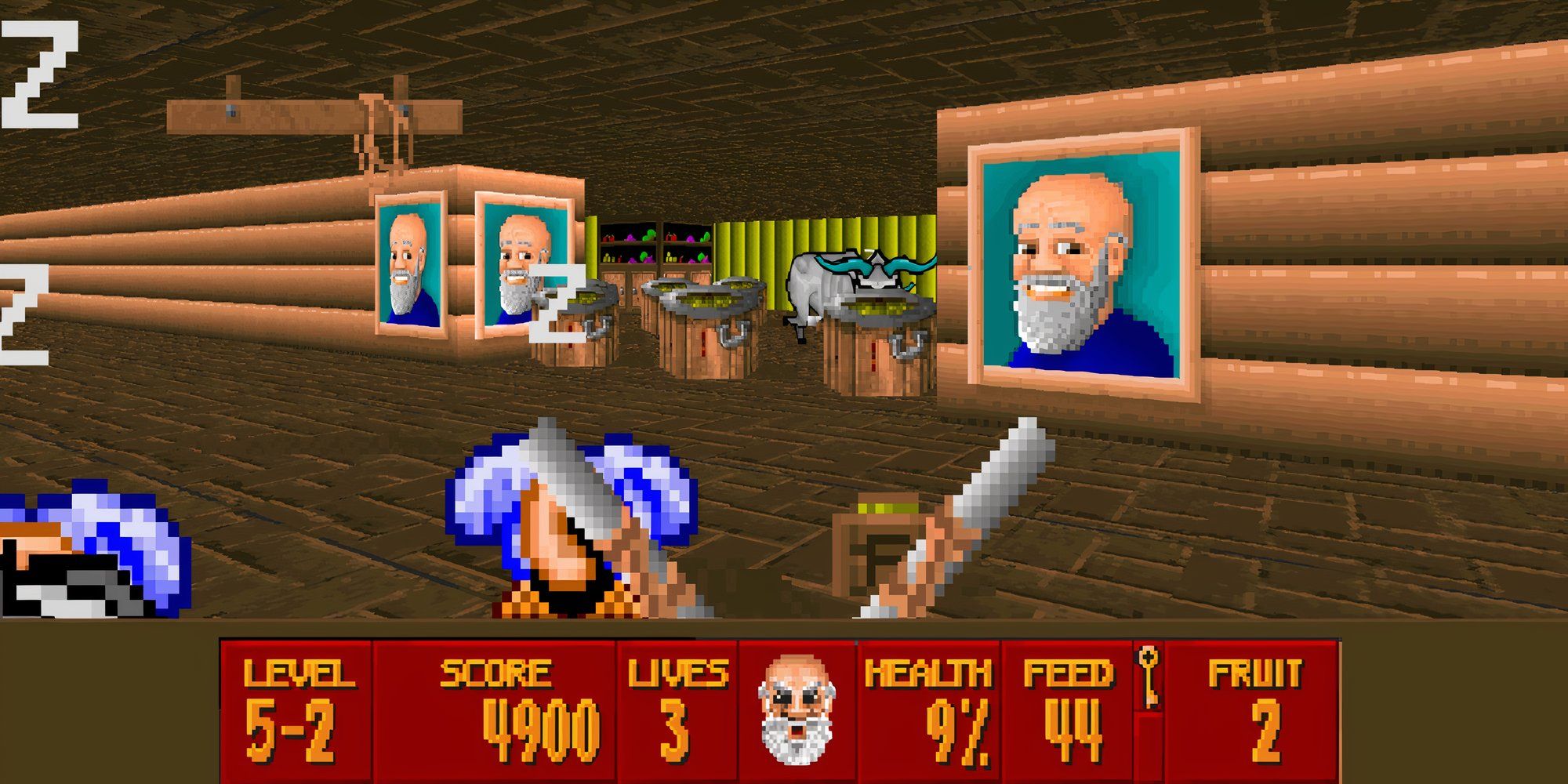
Super 3D Noah’s Ark
- Released
- May 28, 1994
- ESRB
- t
- Engine
- Wolfenstein 3D engine
- Platform(s)
- Linux, Microsoft Windows, Nintendo Entertainment System, macOS
- Developer
- Wisdom Tree, id Software
- Publisher
- Wisdom Tree, id Software
- How Long To Beat
- 6 hours
One of the weirdest video game trends of the ’90s was the deluge of Bible-themed video games released on home consoles, and the strangest of them all, in my opinion, was the first-person shooter Super 3D Noah’s Ark.
The game was basically Wolfenstein 3D, but instead of being an action hero shooting Nazis, you are Noah trying to feed animals on your ark. So yeah, basically all the fun of the original was turned into one of the most boring concepts imaginable.
Unlike Wolfenstein, where each level felt unique and exciting in its own way, Noah’s Ark had you basically doing the same thing over and over again, and it gets old very fast. The graphics were also considerably less visually impressive than the game that inspired it.
Unsurprisingly, the game was a total flop that was only bought by highly religious parents buying it for their kids, and today, it is rightfully regarded as a major example as to why religious video games never got mainstream credibility in the industry.
8 Fighter’s History
This Street Fighter Knock-Off Got Capcom To Sue
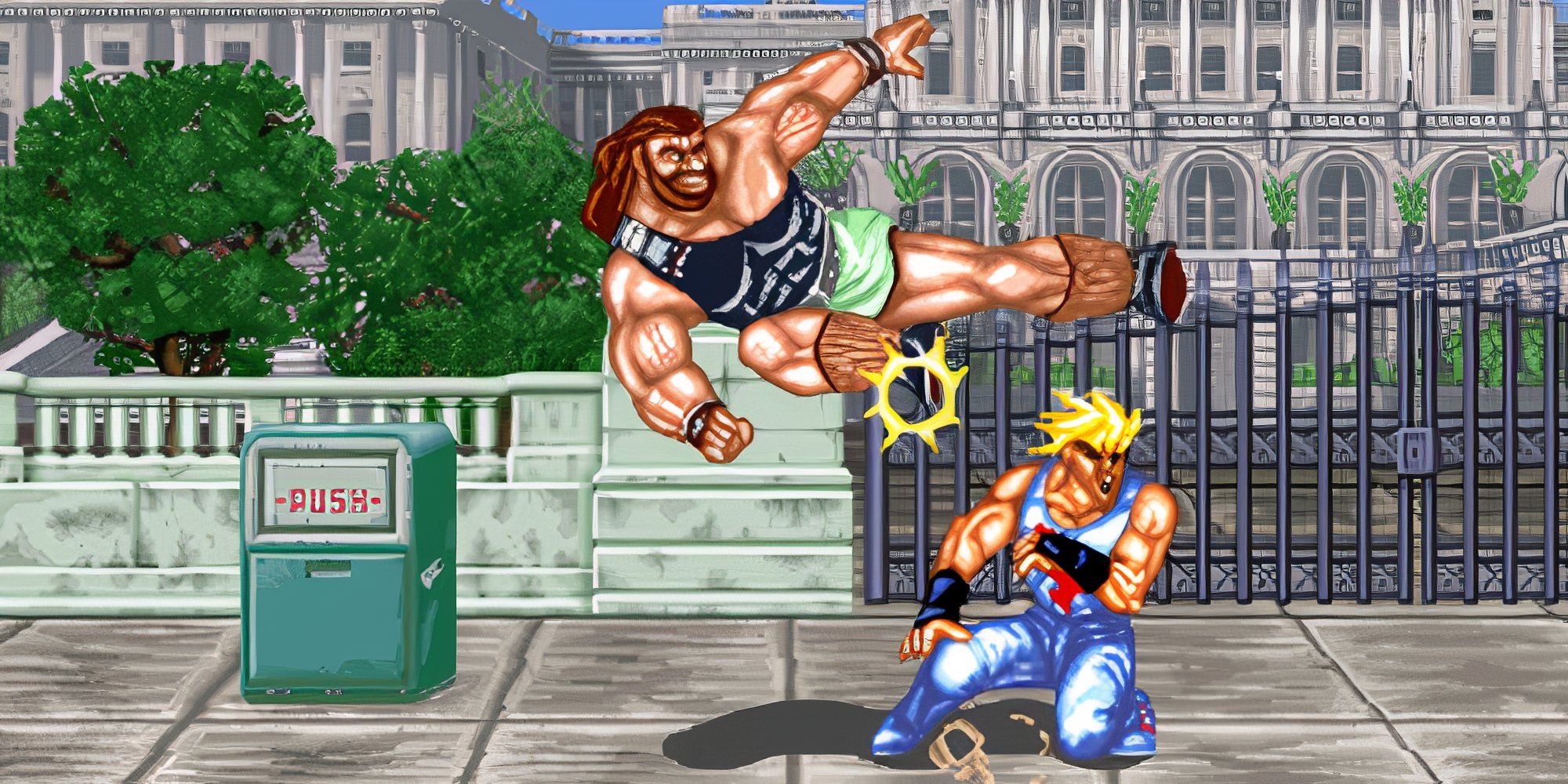
Fighter’s History
When Street Fighter II lit up arcades in 1991, many fighting game copycats were sure to follow. Some, like Fatal Fury and Mortal Kombat, helped launch massively successful franchises, but others weren’t so lucky. Fighter’s History falls into the latter category.
The game played almost identically to Street Fighter II, with its only unique gimmick being the ability to stun opponents by hitting their weak point, which is far lamer than it sounds. It has far fewer memorable characters, as they were either blatant clones of the Street Fighter gang, or unique characters who were too underdeveloped.
It got to the point where even Capcom felt Data East was totally ripping them off, and they ended up going to court. Capcom lost in the end, but the damage was done to whatever hopes Fighter’s History had at becoming a major franchise.
A second game called Karnov’s Revenge tried to distance itself from Street Fighter, and it succeeded in that regard. Unfortunately, that was because it instead tried to copy SNK’s line-up of fighters instead.
7 Way of the Warrior
Mortal Kombat Wannabe
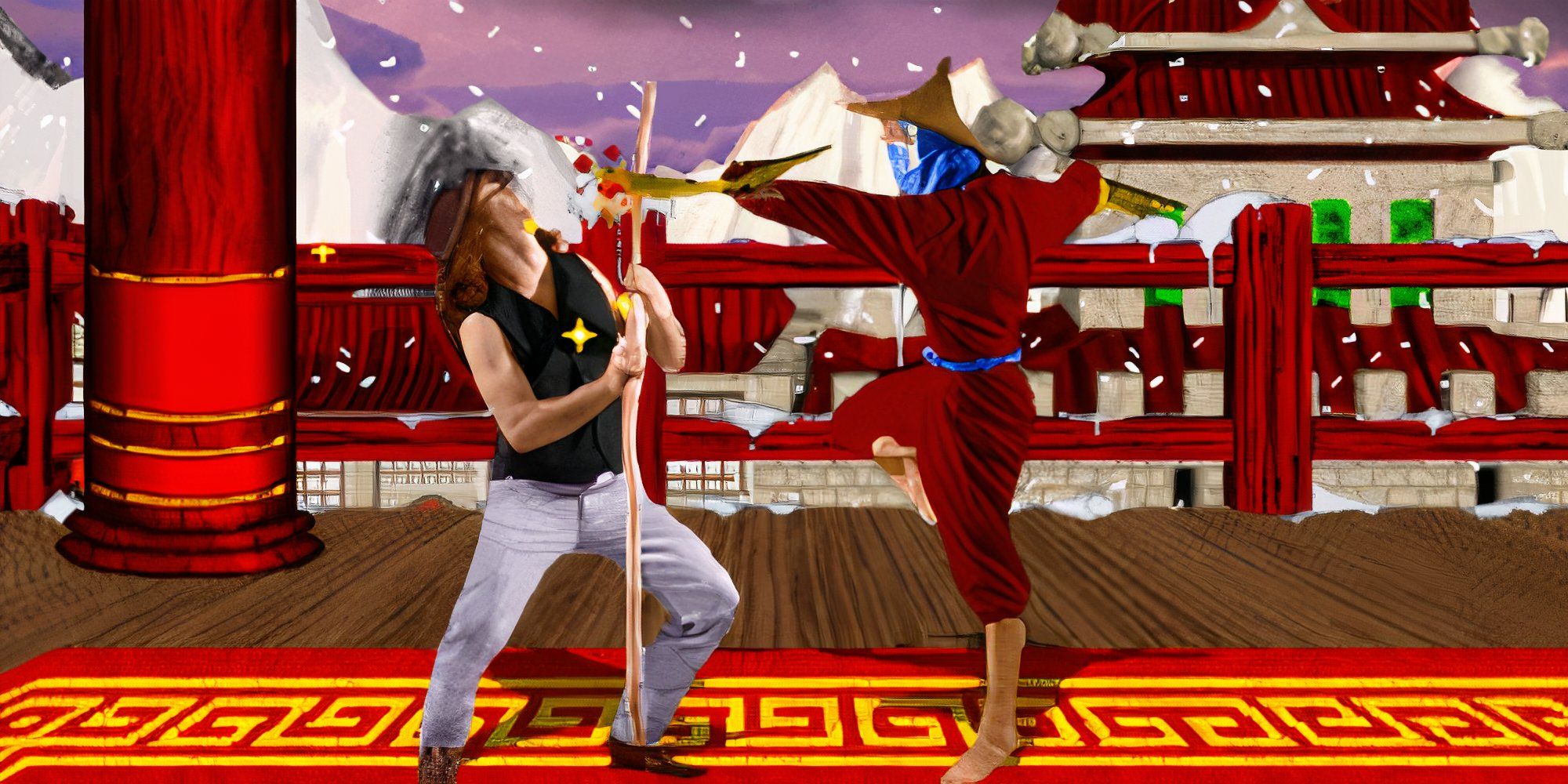
Way Of The Warrior
- Released
- August 30, 1994
- ESRB
- m
- Developer(s)
- Naughty Dog
- Publisher(s)
- Naughty Dog
- Engine
- 3DO
- Multiplayer
- Local Multiplayer
- Platform(s)
- 3DO
Street Fighter’s long-time rival in the fighting game market, Mortal Kombat, had no shortage of video games trying to take its formula. While some, like Killer Instinct, found their place in fighting history, others didn’t so much, and none failed as hard as Way of the Warrior.
This game was developed by future PlayStation powerhouse Naughty Dog, and to this day it is still widely regarded as one of the worst video games the studio ever made. While the graphics for the 3DO were extremely impressive, that’s pretty much all it has going for it.
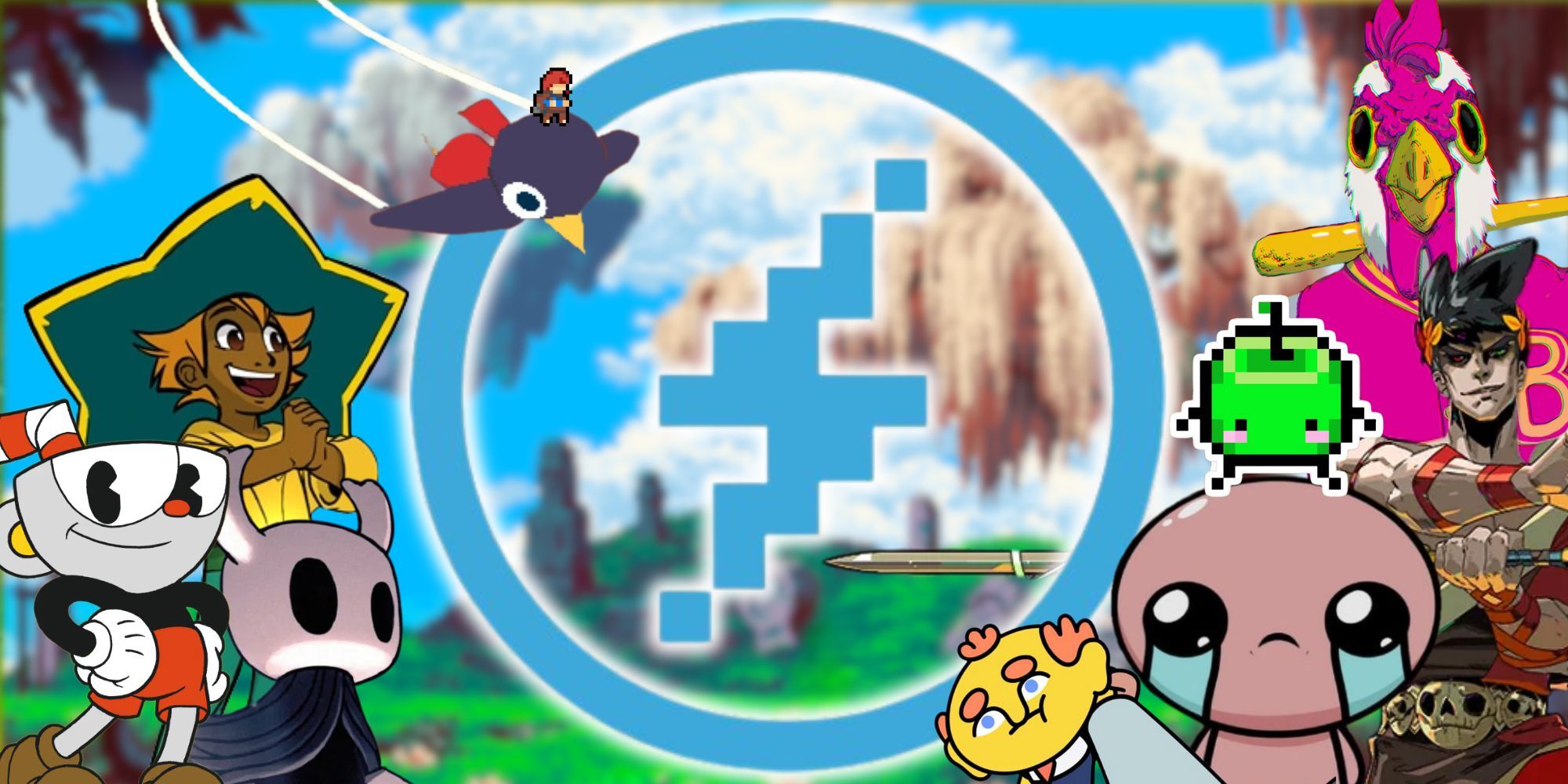
Related
50 Best Indie Games of All Time
Forget blockbuster AAA games! We want some plucky little indies!
The actual meat and bones of the game is a lot emptier, with one of the most boring character rosters in any fighting game and extremely tedious controls and frustrating gameplay that turned off players immediately.
The game was an instant failure, which is hardly a surprise given that the 3DO was far from a hit console. Luckily, Naughty Dog would emerge unscathed from the failure, as their next game was the original Crash Bandicoot, beginning an uninterrupted streak of smash hits for the company.
6 PlayStation All-Stars Battle Royale
Sony’s “Answer” To Smash Bros.
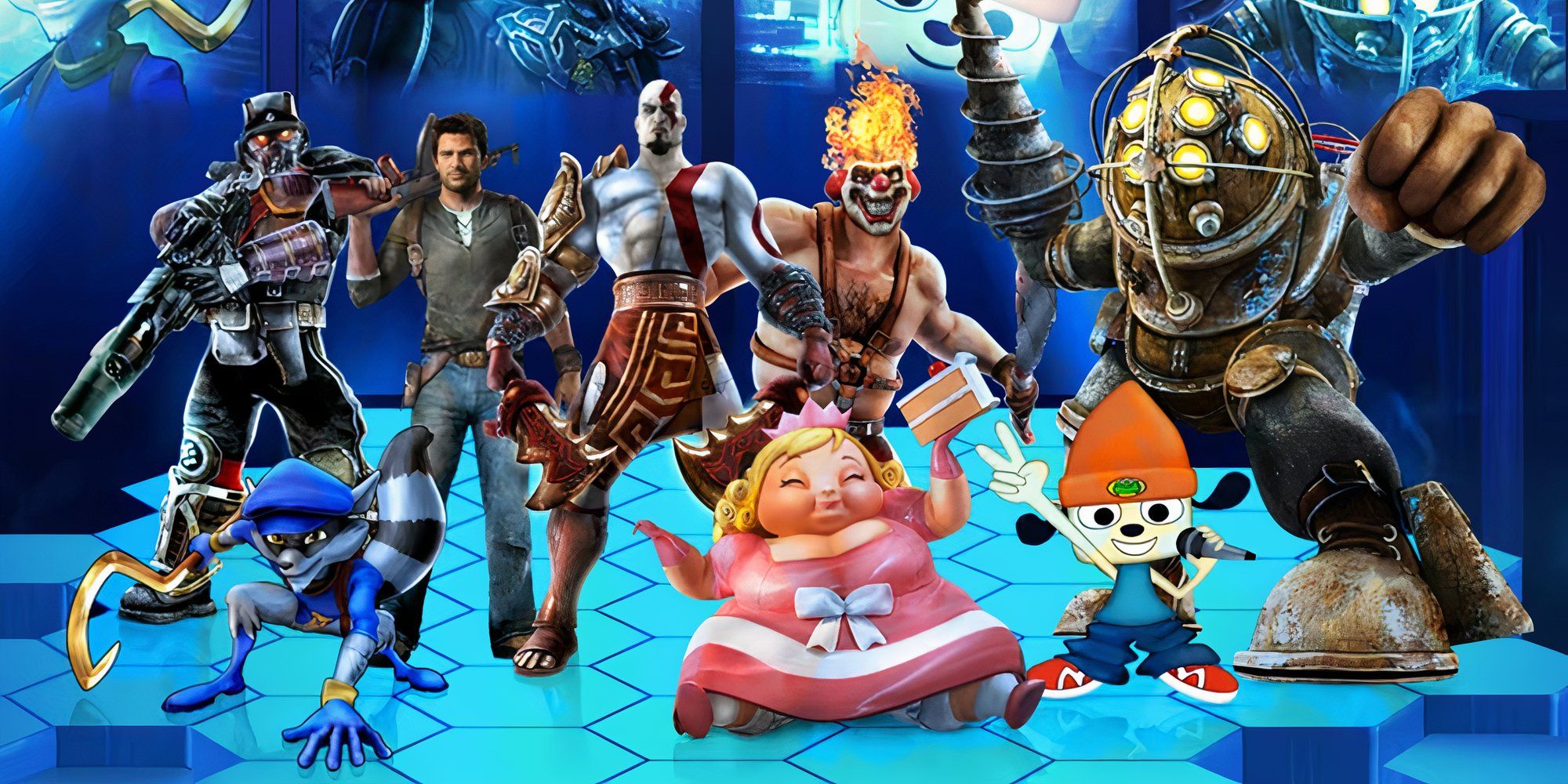
PlayStation All-Stars Battle Royale
The success of Super Smash Bros. has inspired several companies to make their own crossover platform fighters, and while none of them have come close to the success of the Nintendo juggernaut, the most disappointing of them all may have to be PlayStation All Stars Battle Royale.
While other Smash clones, like Nickelodeon All Star Brawl and Cartoon Network Punch Time Explosion, are at least understandable as quickly-produced low-budget games, you’d at the very least expect Sony to put the same love and care into their platform fighter as Nintendo… right?
Nope. Instead, they rushed out a game for 2012, and its flaws are very visible. The attempts to differentiate its gameplay from Smash, namely the lack of traditional platform arenas where you knock your opponent offscreen, severely detracted from the experience, and its online play was very buggy.
The biggest criticism, though, came from its character roster. Sure, you have a lot of big names like Kratos, Ratchet & Clank, and Sly Cooper, but not being able to secure the rights to icons like Crash Bandicoot, Spyro the Dragon, and Lara Croft left a giant hole in gamers’ hearts. Meanwhile, you have characters nobody wanted, like the version of Devil May Cry’s Dante from the despised 2013 reboot.
Despite its failure, fans of both PlayStation and the platform fighter genre agree that this game deserves a second chance. With a massive line-up of Sony characters introduced since then, more effort with the third party roster, and a gameplay overhaul, a reboot could truly be one to compete with Smash Bros.
5 Dante’s Inferno
Never Stood A Chance Against Kratos
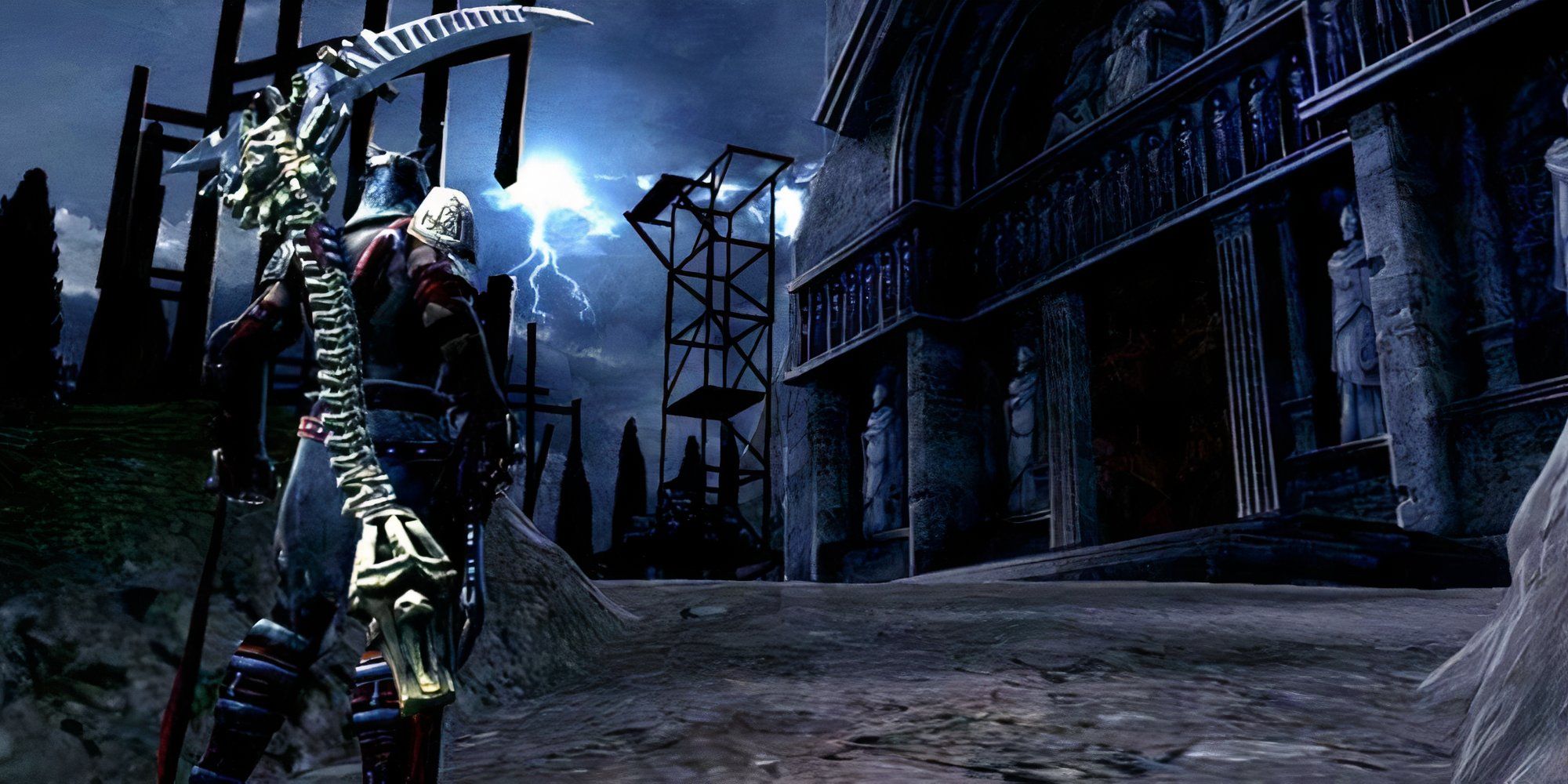
- Released
- February 9, 2010
- ESRB
- M For Mature 17+ Due To Blood and Gore, Intense Violence, Nudity, Sexual Content
- Developer(s)
- Visceral Games
- Publisher(s)
- Electronic Arts
- Engine
- Visceral Engine
- Multiplayer
- Local Multiplayer, Online Multiplayer
- Platform(s)
- PlayStation 3, PlayStation Portable, Xbox 360
- How Long To Beat
- 8 Hours
- X|S Optimized
- No
EA’s Dante’s Inferno, released in 2010, was not a bad game at all. It was a decent hack-and-slash action adventure with a cool concept based on the Divine Comedy.
Unfortunately, decent is not enough when you’re trying to make a game inspired by the highly successful God of War series. The gameplay was basically identical to that of Sony’s blockbuster franchise, and while that isn’t a bad thing on its own, given that the latter series is amazing to play, it really needed to feel like its own game to stand out.
Another notable weakness is that Dante’s Inferno got stale and tiresome a lot faster than God of War, which always ensured the players were engaged with the game from beginning to end. By the time you’re done with EA’s game, it doesn’t feel that much different from when you started.
While the game sold okay, it was nowhere near enough to ensure a sequel (not helped by its awful marketing campaign), and with Visceral Games tied up with finishing the Dead Space trilogy, no second game was ever released. It’s really disappointing, as I feel it really deserved an opportunity to find its own identity, which many other game series don’t immediately do in the first installment.
4 Nickelodeon Kart Racers
A Really Bare-Bones Version Of Mario Kart

Nickelodeon Kart Racers
Mario Kart has inspired numerous copycats, and while some were actually really strong titles, others weren’t so much. Nickelodeon Kart Racers falls into the latter camp, and while it may not be the absolute worst kart racer ever made, it’s definitely the most disappointing.
Nickelodeon is a brand I feel has some of the strongest potential when it comes to video game crossovers, as we’ve seen in the many Nicktoons Unite games. A kart racer is one of the most obvious directions to go.
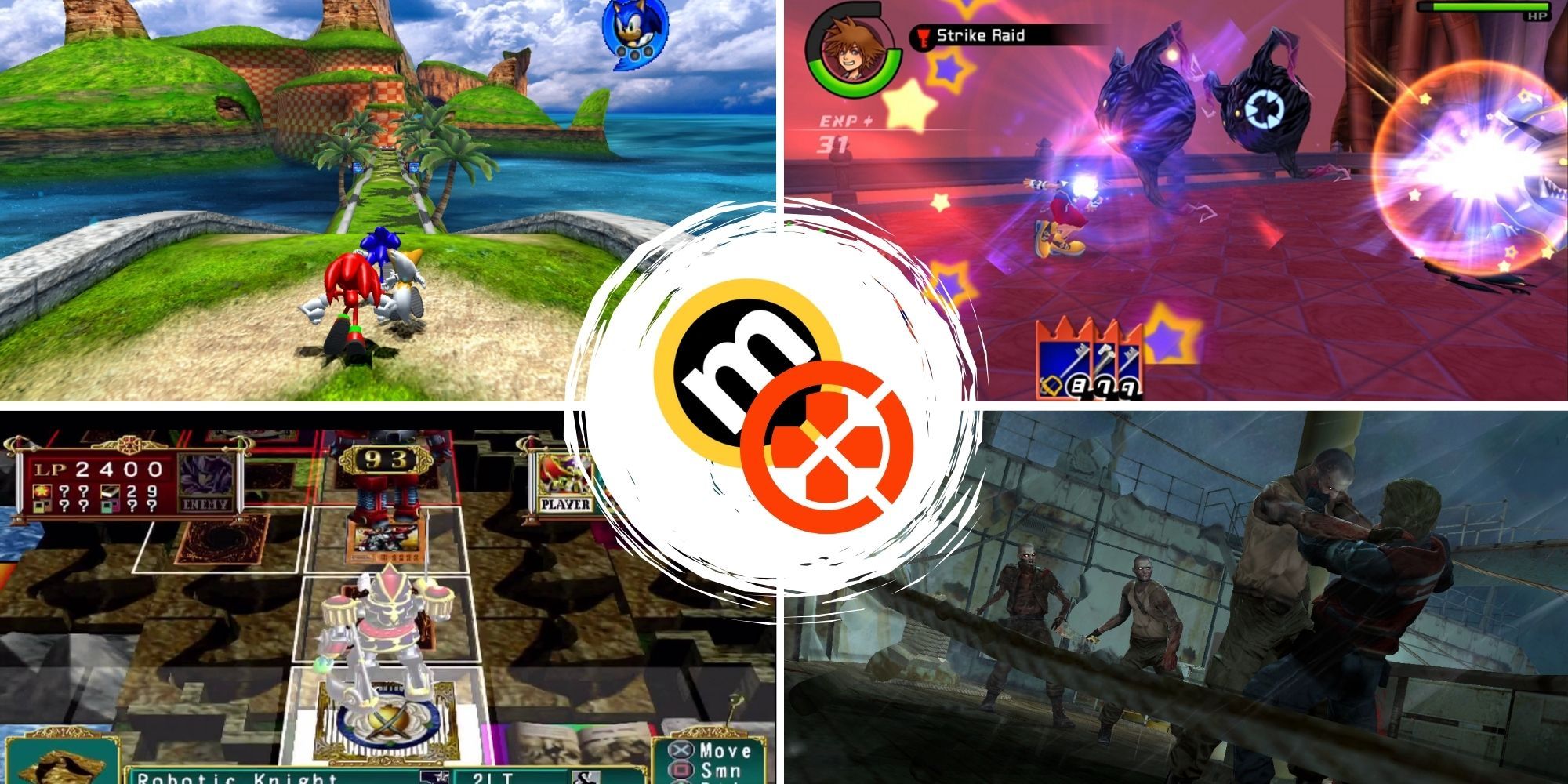
Related
10 Badly Reviewed PS2 Games That Are Actually Pretty Good
This was undoubtedly the console-gaming golden era, but some great games didn’t get to reap the spoils.
Unfortunately, what we got was a very bare-bones experience of a game. There were only twelve playable characters across just four series, the gameplay was extremely bland, and the production felt very cheap, with visuals reminiscent of Wii-era shovelware games and a complete lack of voice acting.
Two sequels would later be developed, and while neither of them were amazing, both were vast improvements over the original games, helped by their much larger character rosters and more features. While kart fans would definitely find enjoyment in the second and third entries, I would not recommend revisiting the incredibly rough first game.
3 The Simpsons: Road Rage
Crazy Taxi Wannabe Was No Hit & Run
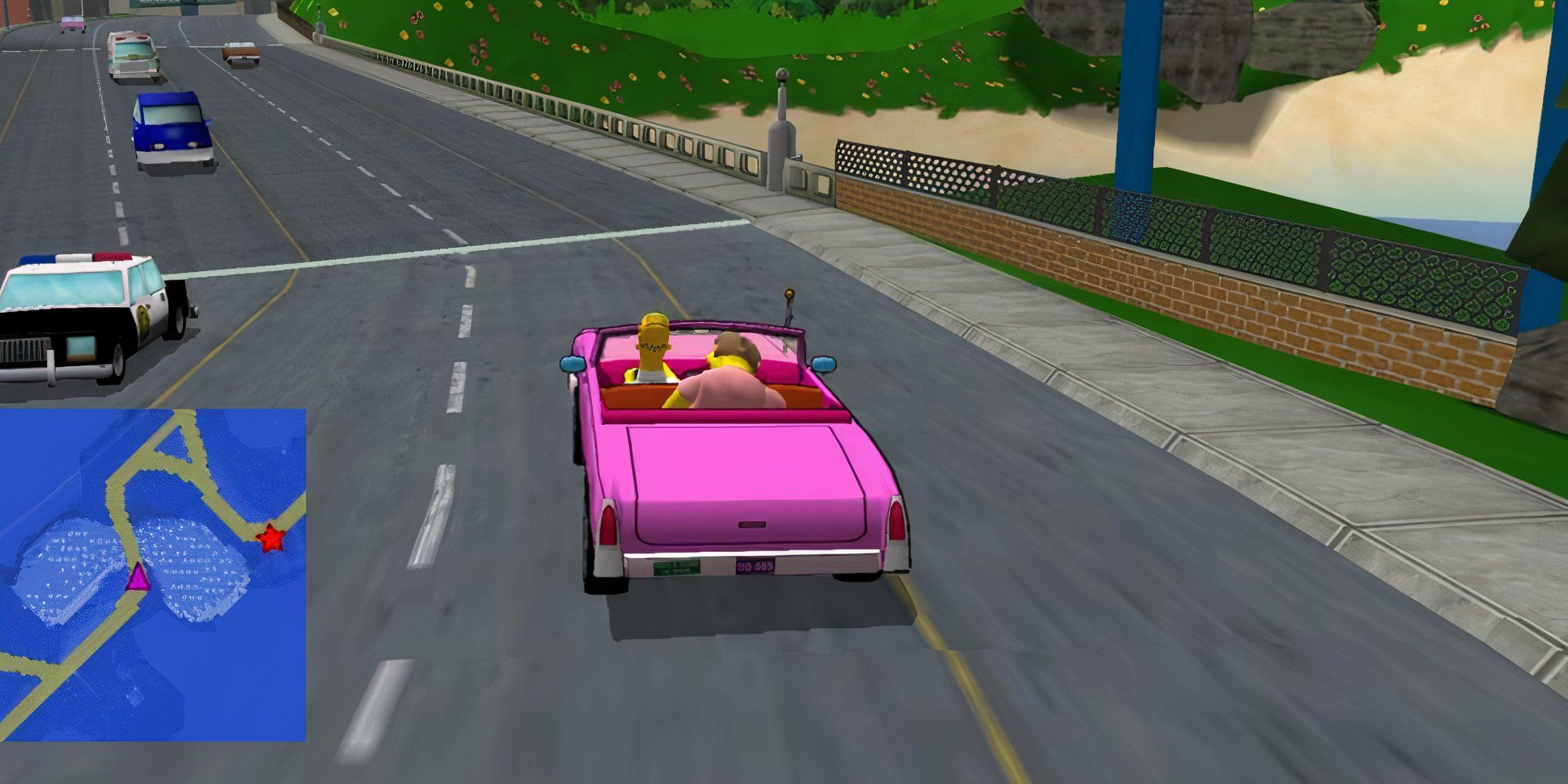
The Simpsons: Road Rage
The Simpsons was known for borrowing ideas from other video games for most of its 3D titles in the early 2000s, and while the Grand Theft Auto-inspired Hit & Run is considered one of the best cartoon games of all time, the others are not held in nearly the same regard.
While The Simpsons: Road Rage isn’t as bad as the series’ take on skateboarding or wrestling, the latter two genres are saturated with copycats, whereas Road Rage stands alone in the world of Crazy Taxi parodies and even got into some legal trouble with Sega.
This game is vastly inferior to Crazy Taxi in every way. While the gameplay in the latter was incredibly fast-paced and extremely chaotic, Road Rage feels painfully slow in comparison, and the world of Springfield just doesn’t have the vibrancy that Sega put into their maps.
The game’s biggest strength is its faithfulness to the show, as it contains a lot of locations, vehicles, and references that only hardcore fans will be able to pick up. But if you’re a casual gamer, you’d be better off sticking to Crazy Taxi.
2 Sonic Shuffle
Sega’s Answer To Mario Party Was One-And-Done
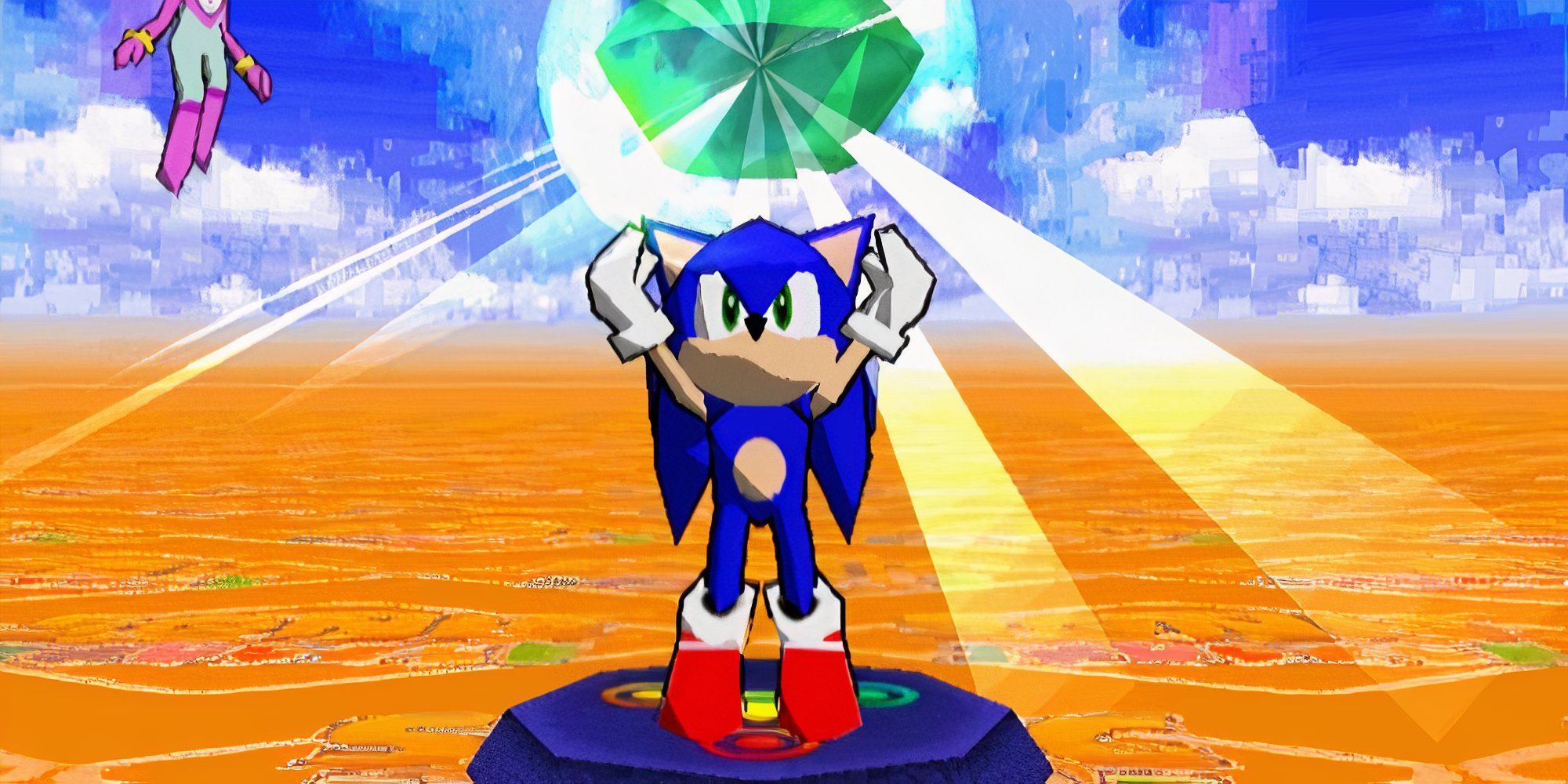
Sonic Shuffle
There were countless Mario Party ripoffs that tried to compete with the real thing, but if there’s any game that actually had no business not being a good game, it’s Sonic Shuffle. While western franchises like Disney, Shrek, or The Muppets would often consult small studios to make their titles, Sonic Shuffle was developed in-house by Sega, and even had Mario Party creators Hudson Soft assisting.
The boards were vastly inferior to Mario Party’s, being bland at best or outright confusing at worst. The mini-games felt like they were put in without any effort by the developers, and they annoyed players more than kept them engaged like Nintendo’s offerings did.
The character roster was also incredibly underwhelming, with only eight playable characters, all from the original Sonic Adventure. Had Sega waited a year, they could have added Shadow and Rouge to the game, and Dr. Eggman should have been playable too.
While Sonic Shuffle was a bad start to a potential sub-series, I don’t think it was dead on arrival, as Mario Party took a few games to reach its full potential too. But due to Sega’s demise as a console manufacturer, the Blue Blur was never given another chance at a party game.
1 K.C. Munchkin
A Pac-Man Ripoff So Blatant It Got Banned
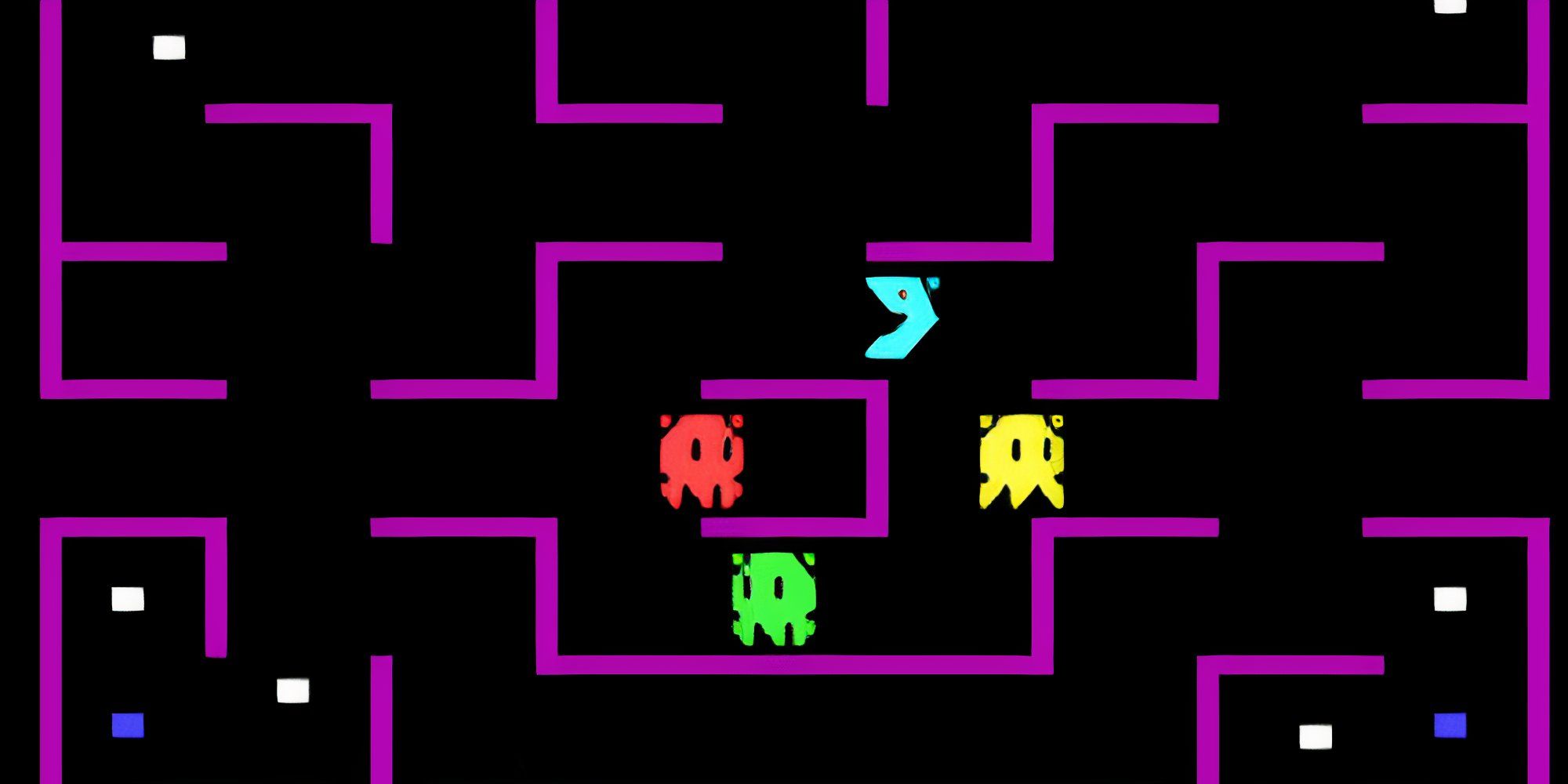
|
Publisher |
Philips |
|---|---|
|
Platform |
Magnavox Odyssey 2, Philips VG5000 |
|
Year of Release |
1981 |
Tell me if you’ve heard this one before: a circular-shaped creature with a big mouth navigates a maze, eating white pills, while escaping from four multi-colored ghosts, but when he gets a power-up, he can kill the ghosts instead.
Yeah, this was basically a carbon copy of Pac-Man that Philips created for their Odyssey II console. It was not a terrible game at all, and in fact did make some changes that improved on the original Pac-Man, like the ability for players to create custom mazes. Still, it really had no chance against the yellow juggernaut.
In fact, Atari literally sued Philips over the game, claiming it was copyright infringement of Pac-Man. They prevailed, forcing K.C. Munchkin off of all markets. This case established a precedent over the application of copyright law in video games that is still felt today.
Of course, Philips acted like sore losers, so they created a sequel called K.C.’s Krazy Chase, which featured a villain ripped straight out of Atari’s Centipede. It’s far more unique than the first one, and honestly a better game overall, but the damage was done, and the game lingered in obscurity.
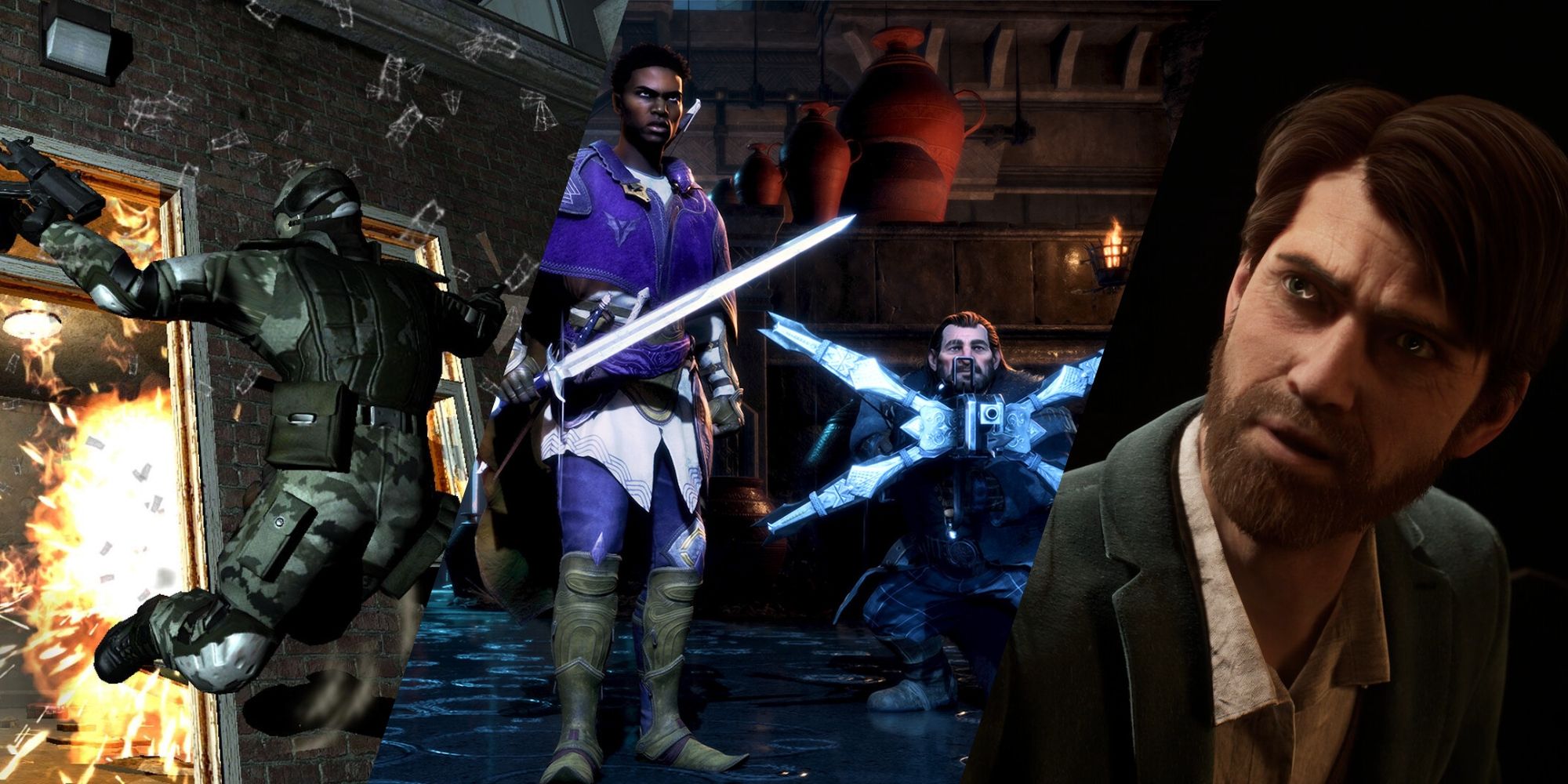
Next
10 Game Franchises That Got Worse With Each New Game
These franchises got off to a great start but couldn’t keep the momentum going.
